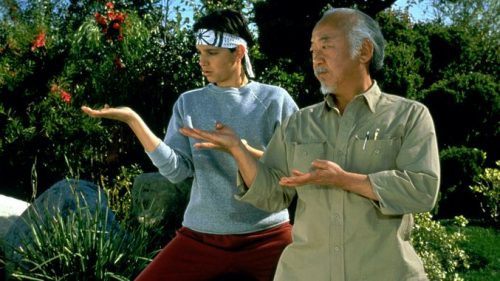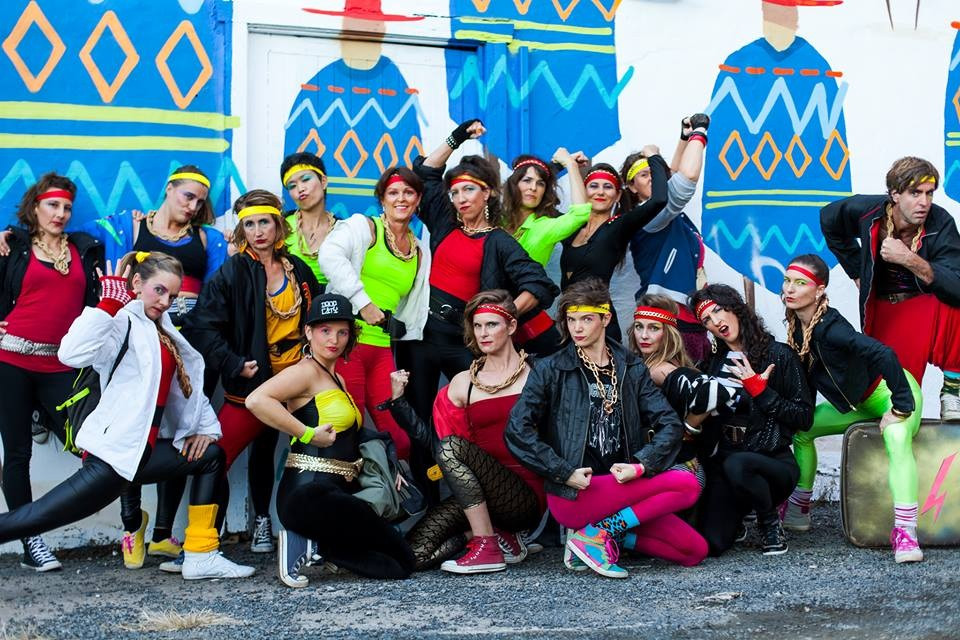 Energetic kids practicing Kung Fu moves with their instructor
Energetic kids practicing Kung Fu moves with their instructor
Every Wednesday evening, the vibrant energy of dance transitions into the focused discipline of Wu-Chi Kung Fu for my children. Observing their Kung Fu class, led by LaoKung Gav, in the rustic Durrumbul Hall, reveals fascinating similarities between the spirited world of dance and the focused art of kung fu fighting. As parents watch from the sidelines, the rhythmic sounds and dynamic atmosphere hint at the deeper connections between these seemingly disparate disciplines.
The respect between teacher and students is palpable. LaoKung Gav guides the children with a seriousness that resonates, underscored by the sharp WHACK of his timing sticks as the young students chant “Yi Er San!” Their small hands move with surprising speed and precision, executing yin bai strikes with lightning-fast energy. Having witnessed both dance performances and Kung Fu demonstrations, striking parallels emerge, blurring the lines between artistic expression and martial prowess.
Unexpected Kinships: Dance and Kung Fu Fighting
Just as in choreographed dance, Kung Fu emphasizes precision and timing, blending individual expression with collective harmony. The shared principles extend beyond mere movement, delving into the mindset and discipline required for both dance and kung fu fighting.
- The Delicate Balance of Discipline and Delight: LaoKung Gav’s instructions for a children’s Kung Fu demonstration perfectly encapsulate this balance:
- Fun is paramount.
- Maintain unwavering focus and alignment.
- Execute strikes with power and clarity, synchronizing movements for collective impact.
These principles mirror the core tenets of dance. When instructing dancers, similar guidelines apply:
- Embrace freedom of expression and lose inhibitions in performance.
- Maintain precise formations and spatial awareness.
- Execute movements with artistry and rhythmic accuracy.
Can you spot the subtle nuances?
 Focused Kung Fu class, highlighting discipline and controlled movements
Focused Kung Fu class, highlighting discipline and controlled movements
- Cultivating a Distinct Code of Conduct: Wu-Chi Kung Fu, like many martial arts, distinguishes between behavior within the dojo and conduct outside of it. This structured environment fosters respect and focus. Similarly, in dance, a unique atmosphere is cultivated within the studio. The transformation from everyday demeanor to class persona allows for a special, almost sacred space for learning and expression.
- Attire: Wu-Chi students are uniformly dressed in black pants and tops, their belts signifying their skill level. Dance students, in contrast, express their individuality through vibrant dance attire, often featuring bright leggings, slogan tees, and leg warmers in cooler months.
- Behavior: Entering the dojo, Kung Fu students perform a formal Kung Bow, signifying respect and readiness. The class then commences with focused drills like tiger presses and jhong kicks. Dance students enter the studio to music, leaving behind external concerns. As class begins, they immerse themselves in movement, embodying the music and leaving feeling transformed and invigorated.
- The Power of Restraint and Control: Both Wu-Chi Kung Fu practitioners and dancers possess formidable physical capabilities, yet both disciplines emphasize control and restraint. While Kung Fu fighters are trained for combat, dancers exhibit incredible strength and agility in their art. Imagine facing a group of dancers executing a complex step ball change stag leap combination – a display of controlled power that is undeniably impressive.
 A group of children in Kung Fu uniforms, demonstrating focus and discipline
A group of children in Kung Fu uniforms, demonstrating focus and discipline
The discipline inherent in both dance and kung fu fighting cultivates not only physical prowess but also mental fortitude and respect. These disciplines, while distinct in their expression, share a common ground in fostering self-awareness, control, and a powerful connection between mind and body.

